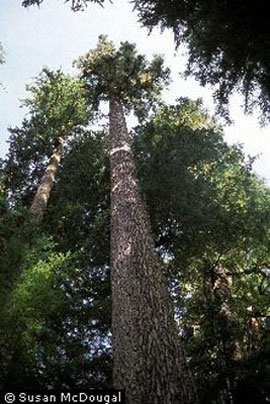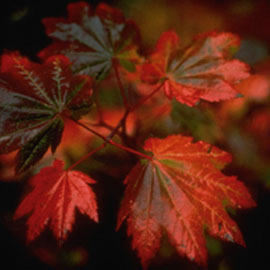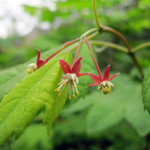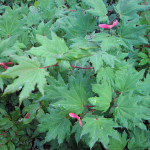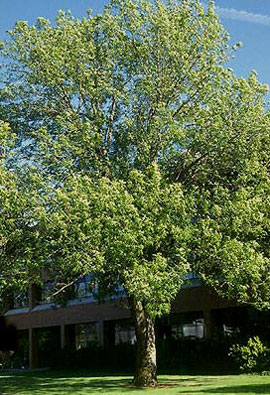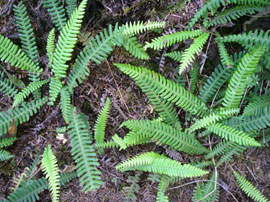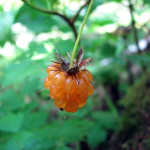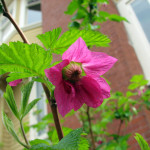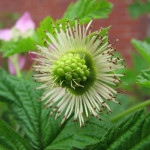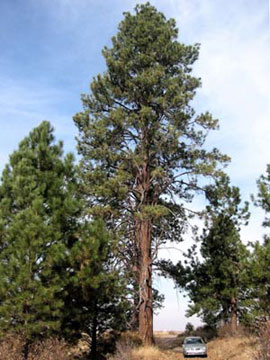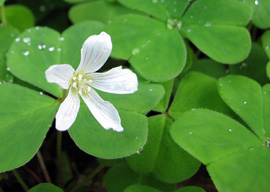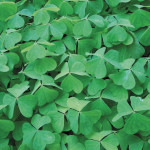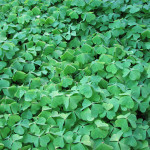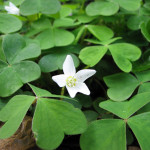Abies procera
Noble fir (Abies procera) is native to the Cascade Range and Coast Range mountains of northwest California, western Oregon and western Washington.
It is a large evergreen tree typically up to 40-70 m tall and 2 m trunk diameter (rarely to 89 m tall and 2.7 m diameter), with a narrow conic crown. The bark on young trees is smooth, grey, and with resin blisters, becoming red-brown, rough and fissured on old trees. The glaucous blue-green needle-like leaves are 1-3.5 cm long. They are arranged spirally on the shoot, but twisted slightly to curve up above the shoot. The cones are erect, 11-22 cm long; they do not fall to the ground intact, but instead ripen and disintegrate to release winged seeds in fall.
It is a high altitude tree, typically occurring at 300-1,500 m altitude, only rarely reaching tree line.
Uses
Noble Fir is a popular Christmas tree. The wood is used for general structural purposes and paper manufacture.
- Light Requirements: Full Sun, Part Shade
- Water Requirements: Moist
- Ease of Growing: Easy to grow
- Growth Rate: Moderate
- Spreads: No
- Wildlife Support: Birds or Mammals
- Fire-resistant: No
- Edible: No
- Mature Height: 250ft
- Mature Width:30ft

